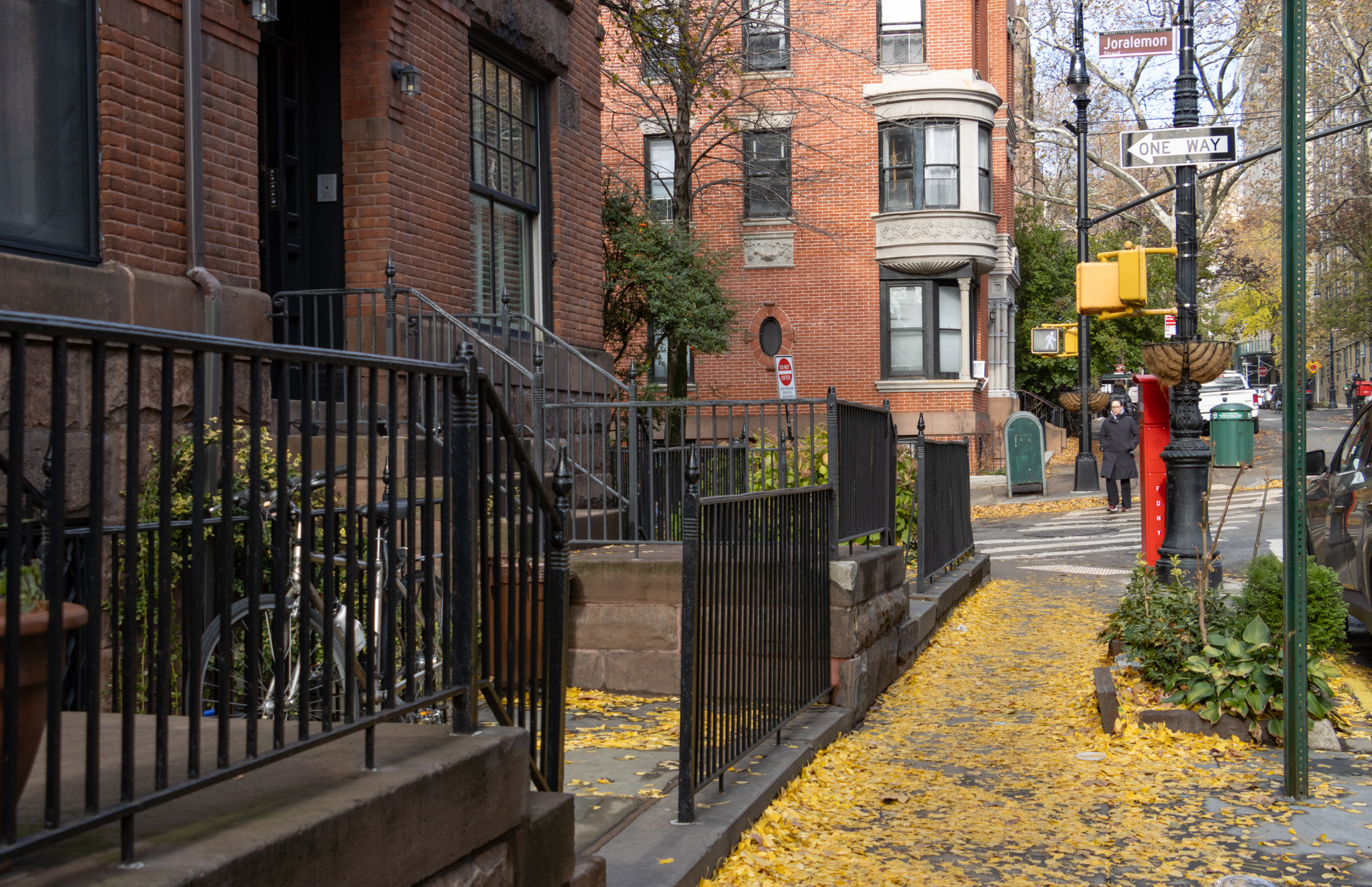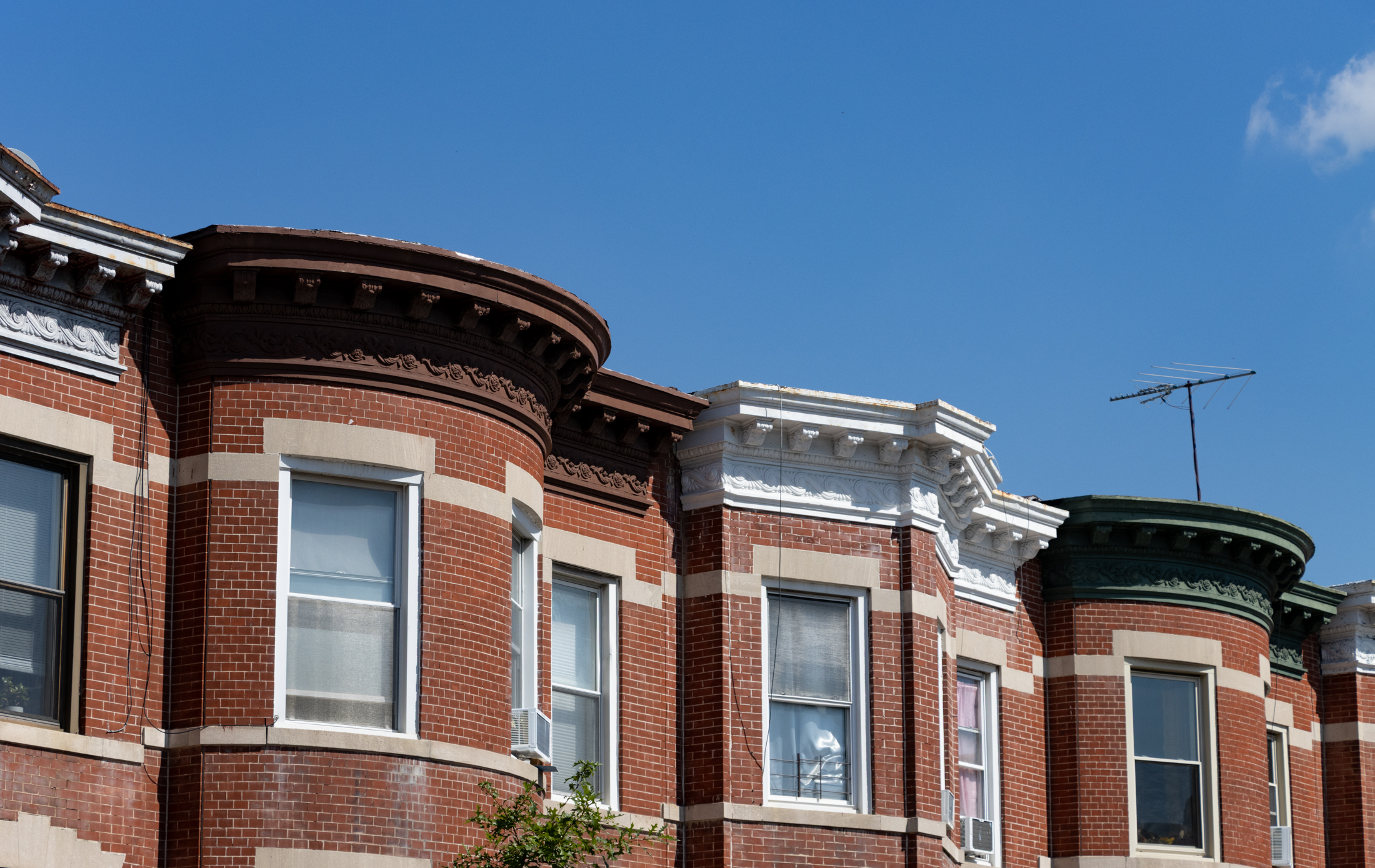Do Generalizations About Harlem Hold for Brooklyn Nabes?
It was hard to read this weekend’s NY Times story about the changing demographics in Harlem without considering the extent to which the article applied to some of the predominantly black neighborhoods in Brooklyn that have been attracting waves of white newcomers in recent years: In the past few years, the Village of Harlem, as…


It was hard to read this weekend’s NY Times story about the changing demographics in Harlem without considering the extent to which the article applied to some of the predominantly black neighborhoods in Brooklyn that have been attracting waves of white newcomers in recent years:
In the past few years, the Village of Harlem, as older residents still call it, has become a 21st-century laboratory for integration. Class and money and race are at the center of the changes in the neighborhood. Lured by stately century-old brownstones and relatively modest rents, new faces are moving in and making older residents feel that they are being pushed out. There have been protests, and anger directed as much at the idea of the newcomers as at them personally.
While this particular story focused on what it felt like for the white, middle-class arrivistes trying to make a home in a place that has been predominantly black for decades, it also touched on an aspect of gentrification that often gets overlooked— Middle-class black gentrification— as well as differing attitudes depending on generation. Older blacks didn’t have any choice but to live in a black neighborhood, said Mark Thomas, a 29-year-old African American man who recently moved from Atlanta to Strivers’ Row. So they get nervous when a white person wants to move in. But if you talk to young African-Americans, they want the neighborhood they live in to be integrated. Do you think that’s a fair generalization to make about neighborhoods like Clinton Hill and Bed Stuy?
In an Evolving Harlem, Newcomers Try to Fit In [NY Times]
Photo by rfullerrd





MiceElfAgain….and I quickly learned who I could address by their first names and who I should say hello to as Mr. or Mrs. It’s just a matter of, as you say, “local etiquette” and I think its simply an example of good manners, something oftentimes lacking in Manhattan!
well, I was relating it to the discussion z and 7andfive were having about how neighborhoods are perceived as being better or worse. It relates to situations such as Harlem where those moving in with money think it’s improving, and long time residents may have a different take, and a different point of view of what’s important to them. And yes, of course, less crime is important to everyone, but there’s much more besides.
I’ll join the chorus in support of East New York, and add that eye contact and friendly greetings to neighbors or strangers is a key difference, in my experience, between neighborhoods like Bed Stuy and Clinton Hill, which have been majority black for generations, and upscale (largely white) neighborhoods in Manhattan. The assumption on the street in neighborhoods like midtown or the upper west side is that anyone speaking to you is probably hitting you up or running some kind of hustle. White folks move from Manhattan to Brooklyn with that habit ingrained, into neighborhoods where a lot of folks (or their families) grew up in the rural South, where passing someone on the street and not acknowledging them is actively rude. Different customs, each with its history behind it, but ignorance of local etiquette can easily lead to a sense of alienation and disrespect, and from there to racial hostility. A friendly greeting, a “sir” or “Ma’m” to an older person, can accomplish more than many folks realize.
okay, bxgrl, i’ll bite. how should we apply the concepts in the article to which you linked to the issues suggested by the article this post is about?
Thank you, East New York, for your post.
DIBS- oh no! just a nightmarish person totally. 🙂
An interesting point in the NYT article is that as of 2005 whites made up only 4.3 percent of central Harlem. It goes on to say that that number may have doubled by now, but still, only 10 percent white at most.
I’d bet the numbers in B/S are even lower on a percentage basis. I’d also bet that looking at “greater Harlem,” (to the west and north), the percentage of whites is even lower in Harlem, more like 2 percent.
From a distance it may seem like Harlem is half white now. Clearly that isn’t the case, and won’t be for a long time. What is most notable about Harlem that doesn’t yet seem to be the case in B/S is the depth and width of the economic gap between the current residents and newcomers.
bxgrl…i bet your landlord is a nice person as well!!!!
east new york- I moved to Crown heights because my best friend, who is Black, offered me an apartment in her house. Needless to say, I love it here and I love the neighborhood feel. I make it a point to say hello to people and stop and talk when I can. I’m well aware what white people moving into a neighborhood can signify and I agree with you that although there are a number of whites who have moved into the neighborhood and who have made the effort to become neighbors, the majority of those I see haven’t. They seem mostly young, maybe students, but still. When you said “Bed-Stuy and Crown Heights (and Harlem to a lesser extent) are filled with middle class black homeowners who are not being displaced and do quite well with their homes. You guys don’t know about them because most of them (unlike me) don’t post on Brownstoner.” well, truer words were never spoken.
Of course defending my neighborhood has always gotten me in trouble with those who “have never set foot here.” 🙂